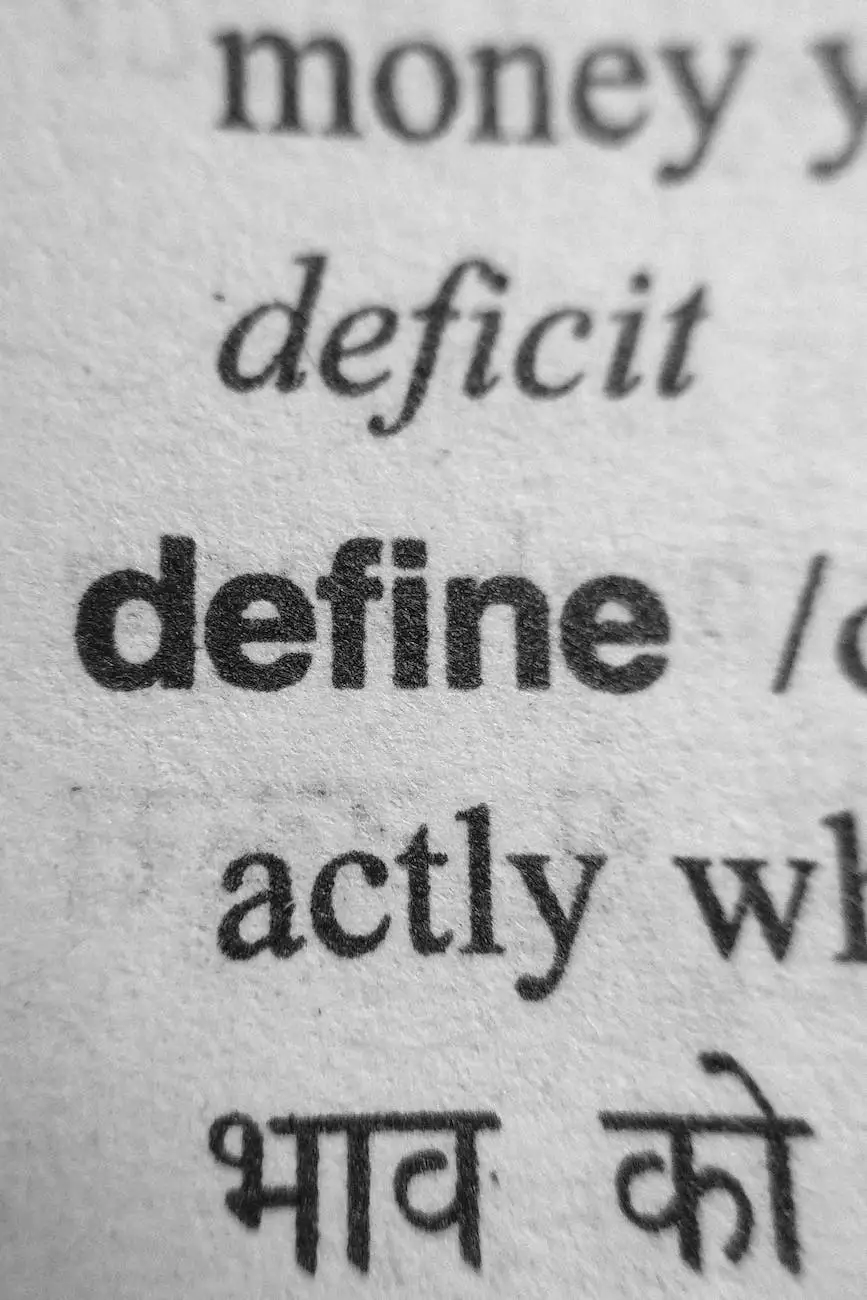The Language of Scientific Illustration: Enhancing the Understanding of Complex Scientific Information

In the realm of science, effective communication is paramount to ensure accurate comprehension of complex ideas and observations. While words can provide valuable insights, visual representations have a unique power to convey scientific information with precision and clarity. This is where the language of scientific illustration comes into play.
What is Scientific Illustration?
Scientific illustration is primarily a visual language that combines accurate and detailed drawings, diagrams, and visual representations to effectively communicate scientific information. It goes beyond mere aesthetic appeal to deliver scientifically accurate visual content that aids in understanding and interpretation.
Through the use of scientific terminology and technical symbols, scientific illustrators aim to convey precise scientific concepts and principles in a visually engaging manner. The visual elements take center stage, capturing attention and facilitating comprehension through clear, concise, and scientifically accurate depictions.
The Role of Scientific Illustration in Education
In the field of education, scientific illustration plays a vital role in simplifying complex scientific ideas and theories for students of all ages. Whether it's biology, physics, chemistry, or any other scientific discipline, the visual language of scientific illustration offers an invaluable tool for educators and learners alike.
By combining rich visual elements with accompanying text or labels, scientific illustrations provide a comprehensive understanding of scientific concepts. Students can grasp complex ideas more easily when presented with accurate visual representations, allowing them to build a solid foundation of knowledge.
Furthermore, scientific illustration bridges the gap between theory and application by showcasing real-world examples and observations. It enables students to connect theoretical concepts with practical implications, strengthening their understanding and fostering a deeper appreciation for scientific exploration.
The Impact of Scientific Illustration in Graphic Design
Beyond the realm of education, scientific illustration also finds its place in the world of graphic design. With its focus on accuracy and attention to detail, scientific illustration offers a unique aesthetic appeal that captivates viewers.
Graphic designers utilize scientific illustration techniques to create visually stunning representations of scientific concepts and phenomena. These illustrations can be found in textbooks, scientific journals, research posters, and even museum exhibits. They serve as powerful visual aids that not only convey scientific information but also evoke curiosity and fascination.
Scientific illustration in graphic design showcases the harmony between art and science. Through the careful selection of color schemes, compositions, and visual elements, designers bring scientific concepts to life, making them accessible and appealing to diverse audiences.
The Process of Creating Scientific Illustrations
The creation of a scientific illustration involves a meticulous process to ensure accuracy and effectiveness. Scientific illustrators apply their expertise in both art and science to produce visually compelling and scientifically rigorous illustrations.
The process typically begins with in-depth research and understanding of the scientific topic at hand. This involves studying relevant scientific literature, consulting experts in the field, and analyzing existing data and images. The illustrator gathers a wealth of information to create a strong foundation for the illustration.
After comprehensive research, the illustrator moves on to sketching preliminary drafts. These initial sketches serve as the building blocks for the final illustration, capturing the key elements and composition. Through sketches, the illustrator can experiment with different visual approaches and refine the overall design.
Once the sketches are refined, the illustrator proceeds to the final rendering. This phase involves digital or traditional techniques to produce the detailed and accurate visual representation. The use of digital tools allows for precise color selection, shading, and fine details, ensuring a scientifically accurate and aesthetically pleasing final product.
Advantages of Scientific Illustration
1. Enhanced Clarity and Comprehension
The visual nature of scientific illustration enhances clarity and comprehension of scientific concepts. Complex ideas are broken down into visually digestible components, making them more accessible to a broader audience. The combination of visual elements and concise text ensures that the intended message is effectively communicated.
2. Accurate and Detailed Depictions
Scientific illustration strives for accuracy and attention to detail. Every line, shape, and symbol is purposefully chosen to convey precise scientific information. This meticulous approach ensures that the illustrations are scientifically accurate and reliable, promoting a deeper understanding of the subject matter.
3. Bridging Language Barriers
The language of scientific illustration transcends language barriers, making it a universal tool for communication. Visual representations can be understood and appreciated by individuals from different linguistic backgrounds, facilitating knowledge sharing on a global scale. Scientific illustration truly speaks to the curiosity and thirst for knowledge that is inherent in us all.
4. Engaging and Memorable Visuals
Scientific illustrations have the power to engage and captivate viewers. The combination of artistry and scientific accuracy creates aesthetically pleasing visuals that leave a lasting impression. Whether in educational materials or graphic design, scientific illustrations evoke curiosity and foster a deeper connection with scientific knowledge.
5. Stimulating Scientific Curiosity
By presenting scientific concepts in a visually appealing manner, scientific illustrations spark curiosity and inspire further exploration. They serve as a gateway to the wonders of science, encouraging individuals to delve deeper into the subject matter. Scientific illustration fuels the desire to learn and discover, igniting a passion for scientific inquiry.
Conclusion
The language of scientific illustration is a powerful tool that effectively communicates complex scientific information. With its focus on accuracy, detail, and visual appeal, scientific illustration enhances understanding across educational and graphic design domains. It bridges the gap between scientific theory and practical application, captivates viewers with engaging visuals, and fosters curiosity for continued exploration. Through its universal language, scientific illustration opens doors to a world of knowledge, inspiring and enlightening learners of all ages.










